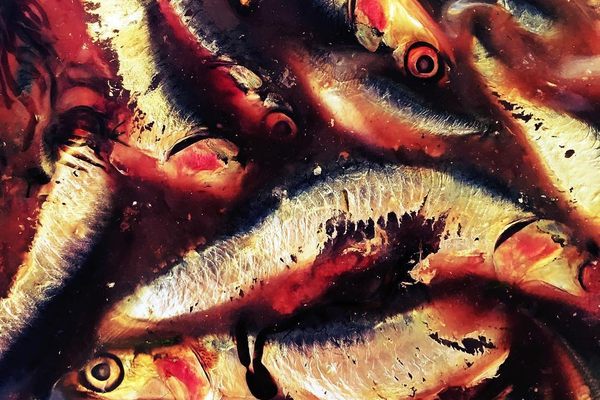Prepared Foods
Pajata
After being banned for a decade and a half, this Roman classic is back on the table.
If you find yourself hanging around an old-school butcher shop in Rome, you might hear the guys behind the counter calling for some quinto quarto, or the “fifth quarter.” Before you triple check your bill, having lost all faith in the cashier’s mathematical abilities, know that this turn of phrase refers to offal, or the organs and entrails of butchered animals. In ancient days, when the main quarters of meat were reserved for upper classes, the quinto quarto was the meat of the commoner. Once seen as a food of poverty, offal dishes now hold a central place on the traditional Roman table, and pajata is among the stars.
Pajata consists of suckling calf intestines that are cleaned, skinned, and tied off into small ringlets to trap the chyme (which is exclusively the mother’s milk at that point) inside. When the ringlets are cooked, the intestinal enzymes are activated, transforming the milk-chyme into a smooth, ricotta-like filling that is deeply rich and animal in flavor. It’s commonly served lightly seasoned and grilled (pajata arrosto), or slowly cooked in tomato sauce and served over rigatoni.
There’s a reason for some Italians’ newfound appreciation for the traditional delicacy. Pajata disappeared from menus in the early 2000s, when it was illegal to serve it in restaurants due to outbreaks of mad cow (mucca pazza) disease throughout the European Union. In 2015, the laws were repealed and veal pajata returned to menus across the country to much fanfare and relief.
Where to Try It
-
Ristorante La Tavernaccia Da Bruno
63 Via G. Da Castelbolognese, Rome, 00153, Italy -
Sartor Mercato Testaccio
Via Lorenzo Ghiberti, Rome, 00153, Italy
Written By
 Gautham Krishnaraj
Gautham Krishnaraj















